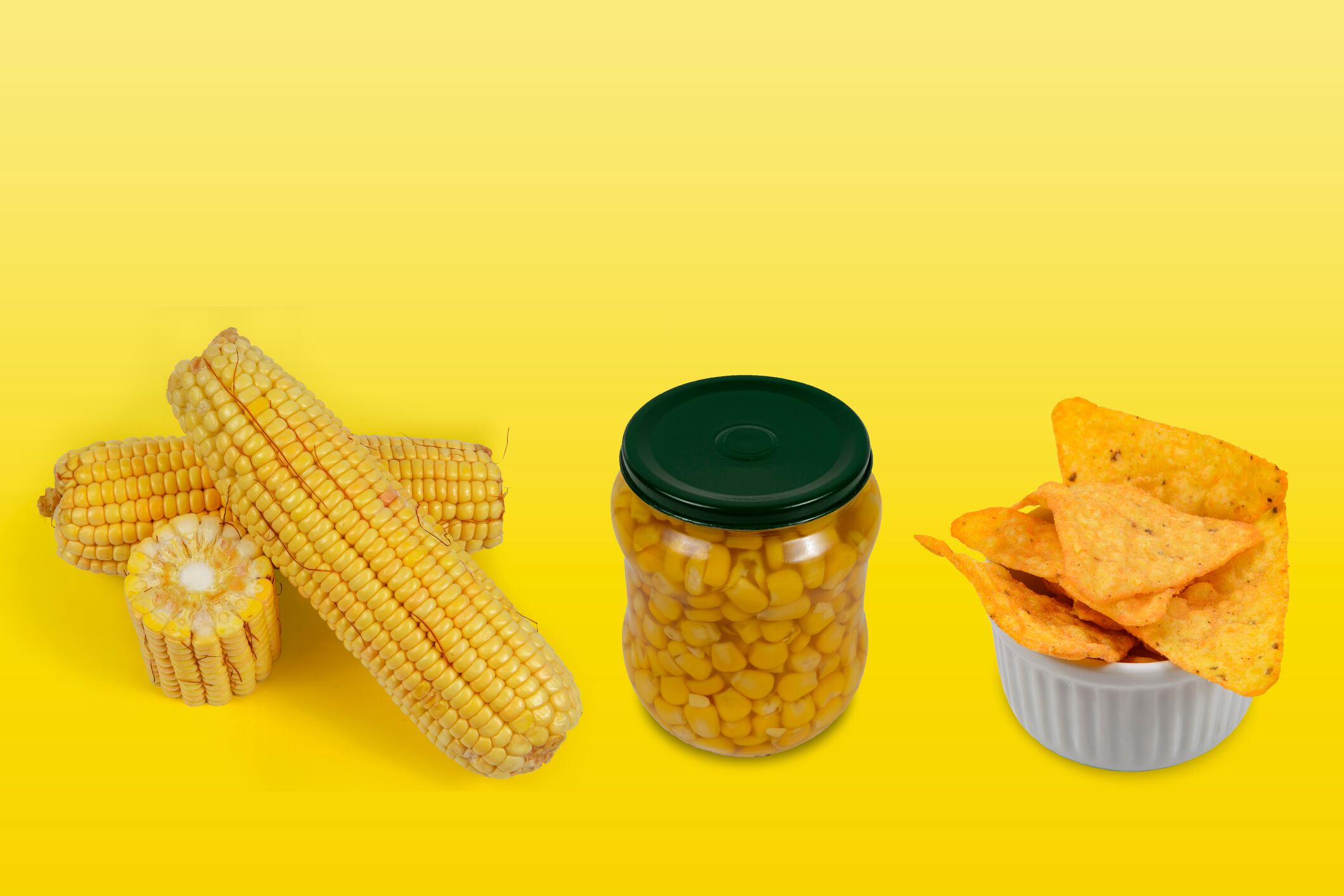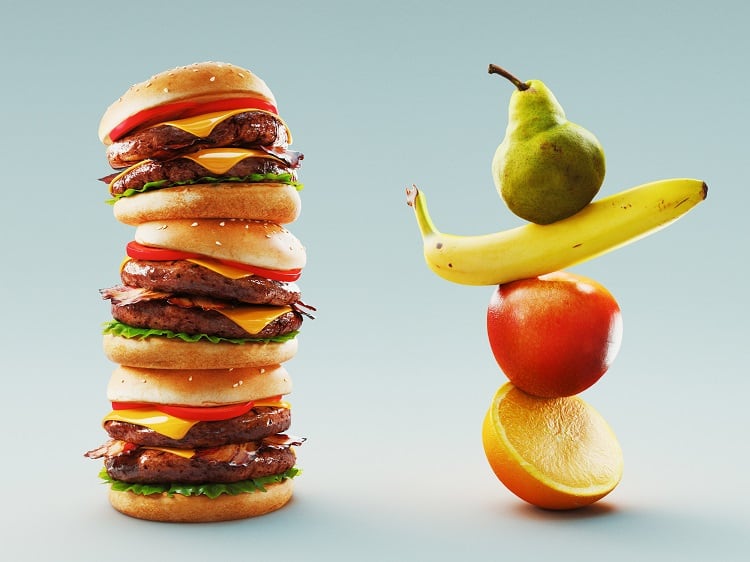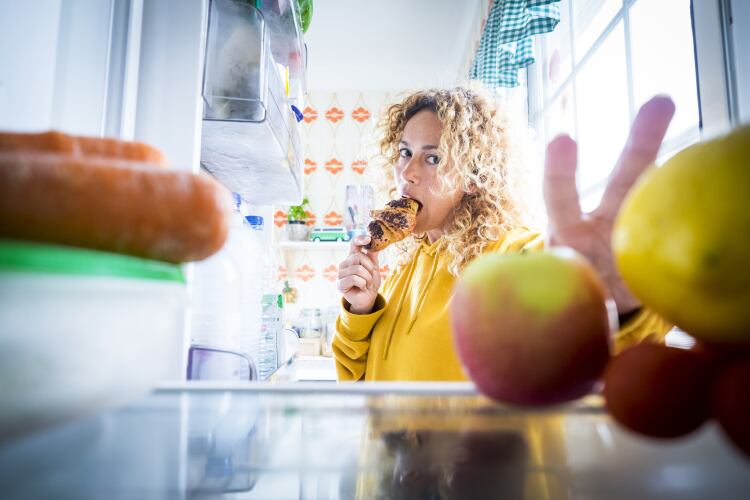Ultra-processed food (UPF) is attracting increased attention for all the wrong reasons, with recent research linking consumption of UPFs with a greater risk of developing cancer and a higher mortality rate.
But what exactly is UPF? For some nutritionists and food engineers, its definition is up for debate. And fresh research out of the UK suggests consumers, too, are struggling to define the category.
Defining ultra-processed food
The most common definition of UPF comes from the so-called NOVA food classification system.
Developed in 2009, the NOVA system splits levels of food processing into four classifications, from raw and minimally processed foods; to processed culinary ingredients; processed foods; and ultra-processed foods. This last category is an ‘industrial creation’ by definition.
Although endorsed by the World Health Organization, NOVA’s definition has also received criticism from nutritionists and food engineers who claim it fails to clearly distinguish between food formation and food processing.
For example, the classification system has not been ‘scientifically validated’, Gert Meijer, chairman of the European Technology Platform (ETP) Food for Life, and deputy head for corporate regulatory and scientific affairs at Nestlé, told press during a recent media briefing about UPFs. “It does not help us, at all, to understand the relationship between food intake and health."
Edith Feskens, professor of Global Nutrition at Wageningen University in the Netherlands, agreed. She took issue with the NOVA system putting pre-packaged bread in the same category as carbonated soft drinks. They are both, according to NOVA, ultra-processed.
But not all products within the UPF classification are the same, said Feskens: “Breads and cereals are UPFs if you buy them in the supermarket, but [research] shows these foods…are beneficial for diabetes.”
Indeed, a study published in Diabetes Care earlier this year concluded that total UPF consumption is associated with higher type 2 diabetes risk, but some UPF subgroups – including cereals and whole grain breads – were associated with lower risk.
“My message is it’s a big bag. [The NOVA definition] is not really helpful.”
New research out this week suggests that UPF is also unclear to consumers, who find it difficult to distinguish between ultra-processed, and processed, foods.
Consumer confusion
The survey of 2017 adults across Britain in 2021, conducted by YouGov on behalf of the British Nutrition Foundation (BNF), reveals a lack of understanding about which foods are included in the ultra-processed category.
When asked to select ultra-processed foods from a list, just eight percent selected canned baked beans, nine percent low fat fruit yogurt, 12% ice cream, 19% pre-packaged sliced bread from a supermarket, 26% ready-made pasta sauces, and 28% breakfast cereals with added sugar.
All of the products on the list are classified UPF according to the NOVA food classification system.
These findings suggest that most people are unclear about what the ‘ultra-processed food’ category includes. “Many foods that would be classified as ultra-processed may not be recognised as such and, while many ultra-processed foods are not healthy options, this isn’t always the case,” said Sara Stanner, science director at BNF.
“As well as less healthy items like crisps, cakes, sweets, chocolate and sugary drinks, which many of us need to cut back on, ultra-processed foods can include sliced wholemeal bread and vegetable-baked pasta sauces which can be a useful part of a healthy, balanced diet.”
Consumers don’t want ultra-processed food
The survey also revealed that despite confusion around the definition of UPF, consumers want to avoid these types of foods. Sixty-nine percent of respondents said they agree with the statement it’s better to cook from scratch than use processed foods.
On the other hand, 53% agreed that a healthy balanced diet can include some processed foods and 49% said that processed foods can be convenient and help save time. Soem 26% agreed with the statement that it’s not possible to cook all their meals from scratch.
More than one-fifth (21%) said that a healthy, balanced diet shouldn’t include any ultra-processed foods, and 36% said they are trying to cut back on some kind of processed foods.
At the same time, 70% said they had not heard of the term ultra-processed food before taking the study.
“There can be a very judgemental attitude towards processed foods, implying that you cannot be eating well if your diet is not made up entirely from ‘real food’ that is cooked from scratch,” said BNF’s Stanner.
But in reality, more than two-thirds of energy consumed around the globe comes from processed or ultra-processed foods, according to current classification standards, and BNF believes consumers should instead by concerned about how healthy a food is overall, ‘and the balance of our diet as a whole’.
“Some ultra-processed foods, such as confectionery, fried snacks, cakes and sugary drinks, are already recognised by nutrition professionals as foods to limit, however this does not mean that all processed foods should be demonised,” said the scientific director.
A lack of trust in food?
As to why consumers are wary of ultra-processed foods, one cannot look past the aforementioned studies linking UPFs with increased health risks.
But something else might also be at play here, suggested ETP Food for Life’s Meijer a lack of consumer trust in the food industry. “We are totally to blame, as the food industry, for that,” he told press during the briefing hosted by trade association FoodDrinkEurope.
Food and beverage manufacturers work behind ‘closed walls’ in factories, so as not to disclose IP to competitors. But the side effect of this, is that ‘consumers have no idea what is going on’, he explained. “That doesn’t lead to trust. The only way to restore that trust…will be by increasing that transparency, by opening our factories to consumers or journalists to show how foods are being made.”
Meijer also suggested industry communicate more openly about technological developments and scientific developments within food and beverage R&D, highlighting that such developments are beneficial for ‘all stakeholders’.
The names of ingredients involved in food processing is another known concern amongst consumers. This, too, can feed into a lack of consumer trust, suggested Wageningen University’s Feskens. For consumers, not knowing exactly what is inside a product, or seeing a chemical name such as ascorbic acid (better known as vitamin C), can be ‘scary’, she explained.
“But being transparent, and [encouraging] education through labelling or health scores [or in schools] is the only way to remediate this…”
Source: Diabetes Care
‘Ultra-processed food consumption and risk of type 2 diabetes: three large prospective US cohort studies’
Published 28 Feburary 2023
DOI: https://doi.org/10.2337/dc22-1993
Authors: Zhangling Chen. Neha Khandpur, Jean-Philippe Drouin-Chartier et al.




